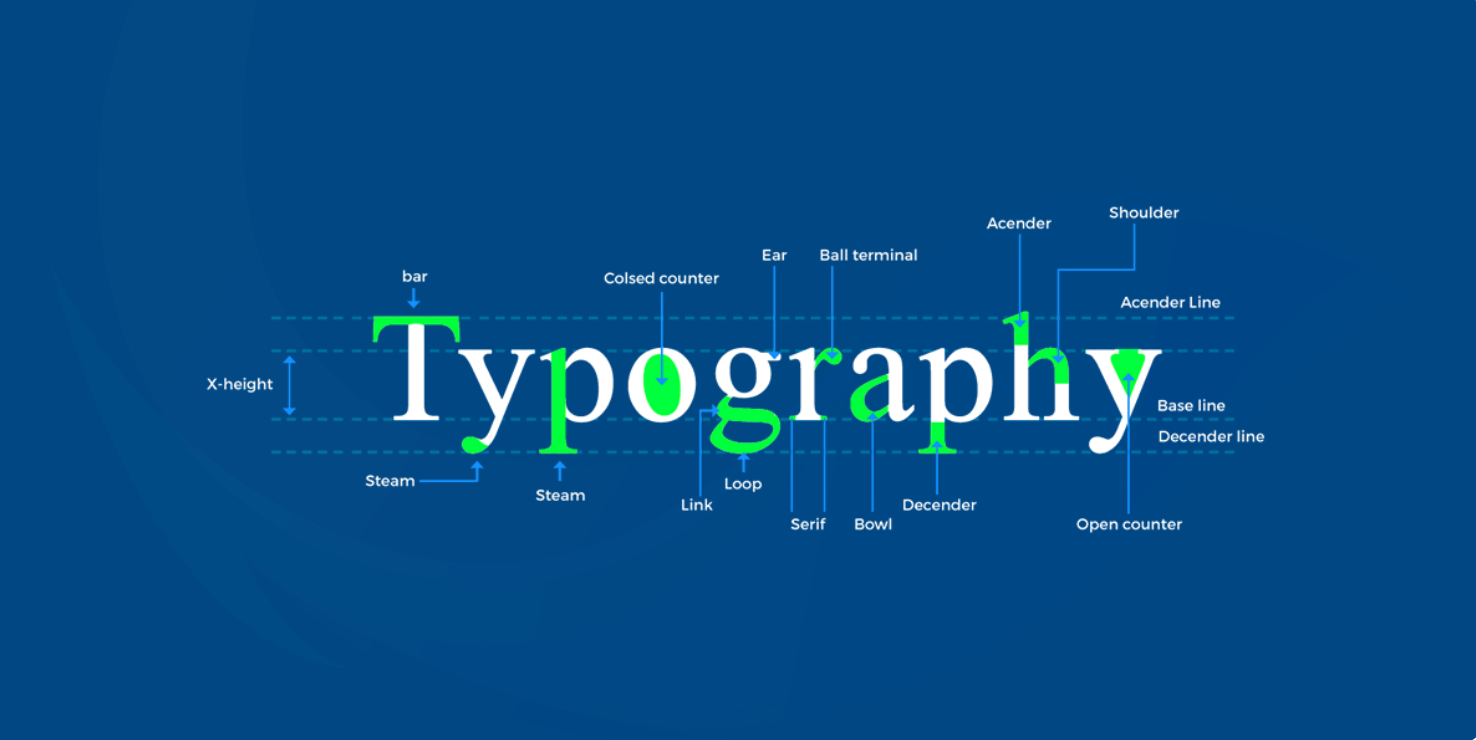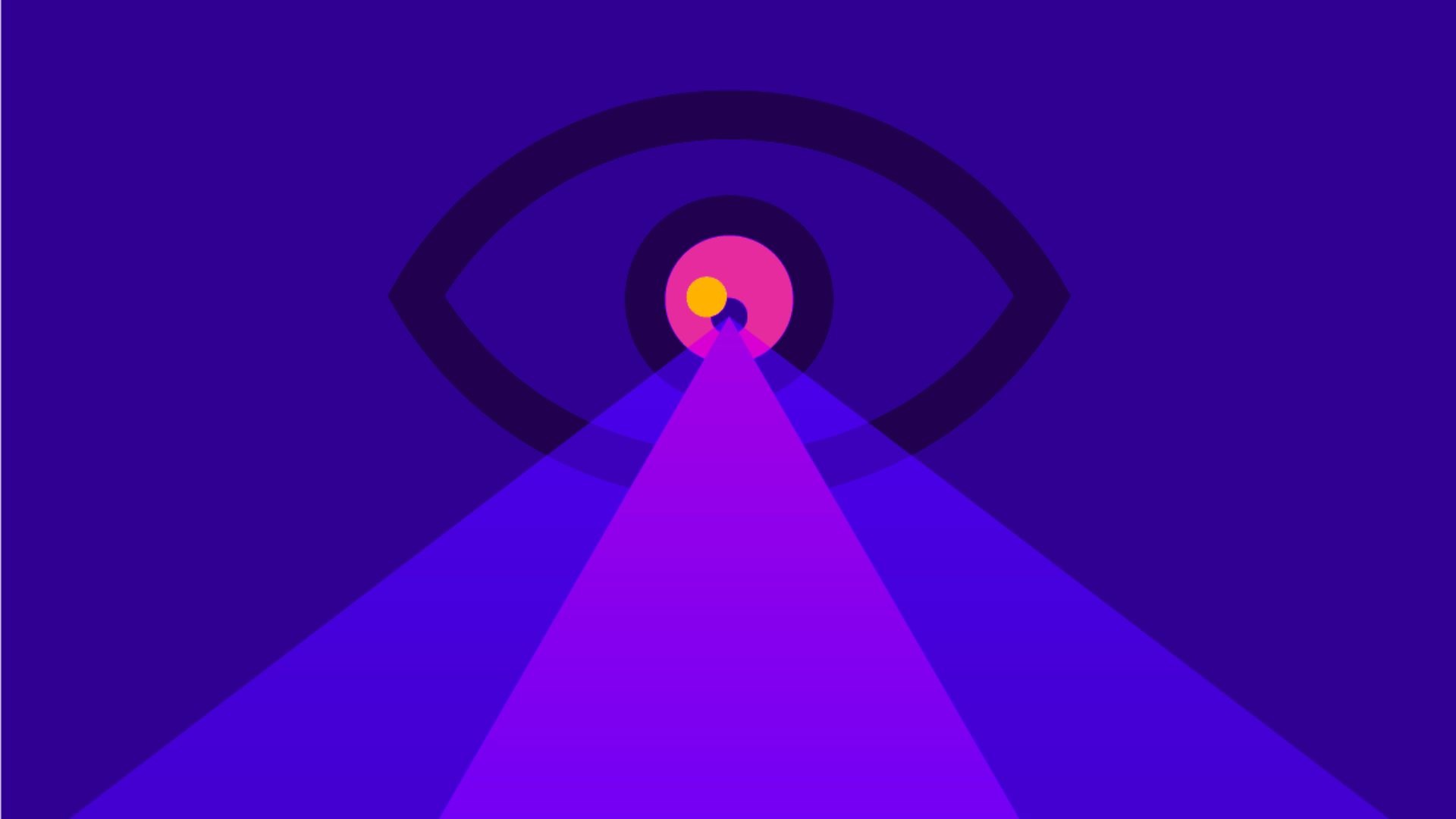What is User Research and Why you should do it?
To validate and inform design decisions, more companies have started incorporating UCD methods in their process.
Let’s start with this, usability testing is NOT user research. Usability testing ensures that your design is easy to use (which is important! Obviously) but to create designs that are not just easy but pleasurable to use, user research is required.
What is User Research?
We use User research to understand users’ behaviors, needs, and motivations. And for that matter, you can use observational techniques, qualitative interviews, task analysis, card sorting, and other feedback methods instead of just taking the feedback.
“What people say and do are two different things.”
And that is why we cannot rely on just feedback completely. More than this user research can inspire your design and help you create solutions that are truly impactful.
There are two types of user research, qualitative and quantitative.
- Qualitative research: is used for an in-depth understanding of the user and their interaction with the products. (e.g., Why are they skipping the deal of the day? Why are they not using that feature ?).
- Quantitative research: gives us numbers, Surveys, and formal experiments are examples of quantitative research. Here you are trying to measure user behavior in a way that can be quantified.
If quantitative answers the “What?” then qualitative answers the “Why?” They both can be used to achieve different outcomes.
So, Why User Research?
- To make your design relevant.
If you understand your user, you’ll be able to create designs that are relevant to them. And I have a great story to prove its importance.
In 2005, Samsung did a number of ethnographic user studies and found that TV was merely a “piece of furniture” in people’s homes and in no way it was being used as a show-off of technical and sound capabilities they provided. User Research made Samsung change its design strategy and make more minimalistic designs. Samsungs share doubled by 2007 in the TV market by making its TVs relevant to its customers.
Top quartile companies with the best designs and user experience recorded 10% annual growth, compared to 3-6% of the industry. – according to a McKinsey study report.
- Internal teams know products too well.
Our intuition-based UI may conflict with a user’s conditioned expectations. The objectives of a customer using a product and the objectives of the people working on it are going to be different and what we need is the end user’s perspective.
And that is why user research is needed, our assumptions about users when making design decisions will never give us the confidence which can be given by data-informed decisions.
How to start with User research
Whether you choose to conduct qualitative or quantitative research depending on where you are in the project and multiple other factors. You can do user research at all stages of a design process.
- Define the problem you want to test or find.
(What do you know about the problem? How are users solving the problem today? What more do you need to find? )
- Set your target audience and choose the method to be used.
Depending on the phase of research, choose the right research method based on whether it’s for a learning purpose like qualitative interviews, concept exploration, or for a testing purpose like prototype testing, A/B testing, or usability testing.
- Carry out the research
Schedule interviews or set out plans for testing. Create a timeline and guide for everyone in the team to be on the same page. Run a pilot test with sample participants.
There are so many factors to consider when doing user research that I haven’t outlined here. But I hope this provides you with some overview. User research is an integral part of UX design. It can lead to a better User experience.
As Hoa Loranger, Vice President of the Nielsen Norman Group says:
“UX without users isn’t UX.”
Add Comment
You must be logged in to post a comment.







